While staying true to Ayn Rand’s vision, Atlas Shrugged: Part 1 suffered from poor directing and editing. The film adaptation of Rand’s novel of individualism and mystery lacks the sleekness and cohesiveness to connect with audiences, not to mention its moribund made-for-TV-movie feel.
The first few minutes of Atlas Shrugged: Part 1 are disturbingly familiar. The world is collapsing in the relentless grip of a deep depression, exorbitant gas prices, and a government regulating the hell out of private industry. Dagny Taggart (Taylor Schilling) is an intelligent, driven woman who runs a large railroad company with her apathetic brother. Dagny is determined to have the biggest and best railroad in the country, and with cars and other types of transportation pretty much obsolete due to gas prices, her dream looks like a possibility.
But having a giant private corporation in a government-centric world is proving difficult, as new laws are enacted by the National Legislature limiting basic facets of the free market. Dagny decides to team up with Henry Reardon (Grant Bowler) of Reardon Steel to make the lightest and strongest rails for her new tracks, but other trusted innovators and industry moguls that may help are starting to disappear under mysterious circumstances. A shadowy figure in a hat and a long coat keeps making appearances and whispering about a place where individual achievement is honored instead of punished. And the growing question is, who is John Galt?
Rand’s political philosophies of individualism and social responsibility (or lack thereof) felt extremely relevant. The film starts at once setting up this dystopian world with a montage of film clips and newspaper headlines highlighting the failing economy, the $40 a gallon oil prices, and the rise of mass transportation (railroads). Though Rand’s philosophies came through loud and clear (and sometimes a little heavy-handed), the whole rail-road mogul aspect of the story didn’t feel relevant.
Perhaps it’s because railroads and trains in our world feel like relics of the past; vestiges of a dying time are hardly the vehicles of future Utopian change. Rand wrote her novel in the 1950s, so railroads played a very different part in her world than ours. This might sound radical, but if screenwriter John Aglialoro had changed the railroad mogul aspects of the book and replaced them with something more relevant like a dot com company or even a teleportation company (I know, there‘s no such thing…yet) I think the movie would have worked better.
Another hard sell came in the guise of the film’s heroes. The protagonists of the story are rich, elitist corporate giants. This may turn off some audiences, as “altruism” becomes a dirty word and the worship of the “I” may begin to come across as selfish and arrogant. John Galt and his recruits are leaving the world to its own fate. Unlike the Greek god Atlas, these titans of industry have decided to “shrug” off the world and leave it to a terrible future. But Aglialoro did manage to keep the dialogue from being too trite, and he’s careful to make sure Dagny’s character remains human while espousing extremely individualistic views.
The small budget of this Strike Productions film is no excuse for the appalling directing/editing. This was actor/director Paul Johansson’s first feature film, and unfortunately he was still in TV-director mode. Not that he’s done a lot of that either, as most will recognize him as a TV actor regular (One Tree Hill). A lot can be done on a micro budget. Unfortunately, a lot was not done on Atlas Shrugged: Part 1. Besides the semi-effective first few minutes with the news montage establishing the state of the world, the film looked extremely amateurish.
The scenes were pedantic, for the most part, and the settings cardboard and one-dimensional. Lots of stark penthouse backgrounds and opulent mansions, then on the opposite hand long shots of scraggly Colorado wilderness and shots of the railroad. There was a little CGI on some of the railroad and train scenes, and that worked in the film’s favor since the little that was there kind of sucked. The (thankfully) one love scene was about the most awkward and poorly edited love scene I’ve ever watched. It wasn’t about the chemistry between the actors or the lighting; it was the choice of shots and how they were edited. It smacked of soap opera melodrama.
Perhaps someone should remind Johansson that he’s directing for the silver screen now, not daytime TV. The over-reliance on atmosphere scenes also became tedious very quickly. I lost count of the long, wide shots of the rolling countryside with the train tracks stretching across them, or the shots of the train zipping along like a silver snake on speed. Or the over-long party scenes that consisted of bejeweled revelers laughing, drinking, chatting…and went on and on and on with no real dialogue or purpose.
Then there was the music. Particularly silly and irritating on all the train shots was this Little House on the Prairie-esque score. Rising orchestral “wild west” inspired themes and sweeping inspirational tunes filled the unnecessarily long open air scenes.
What didn’t suck was the acting. There were a few recognizable actors, but for the most part the cast was full of TV stars and unknowns, which I think worked in the film’s favor. Taylor Schilling played a powerful and beautiful Dagny Taggart. She had the height and presence to fill the heroine’s shoes, and the edge too. Grant Bowler as Reardon and Matthew Marsden as Dagny’s brother added some attractive competence to the film.
Rand’s novel is not just a vehicle for her social philosophies; it’s a mystery. Written in three main parts, the book set the pacing for the films. Atlas Shrugged: Part 1 is the first installment in a potential movie trilogy. Filmmakers were waiting to see how this first part was received before green-lighting the next two and from what I’ve heard, the reception has warranted the continuation of the series. So get ready for Atlas Shrugged: Parts 2 and 3.
Despite the amateurish qualities of this film, it was an effective mystery. I, for one, am willing to see the next two parts in order to find out who the hell John Galt is, and what is this Atlantis he’s talking about. Though the film’s lack of finesse means it will have trouble connecting to mainstream audiences, it is interesting to see Rand’s ideals brought to the silver screen and worth a watch for the fans of hers.




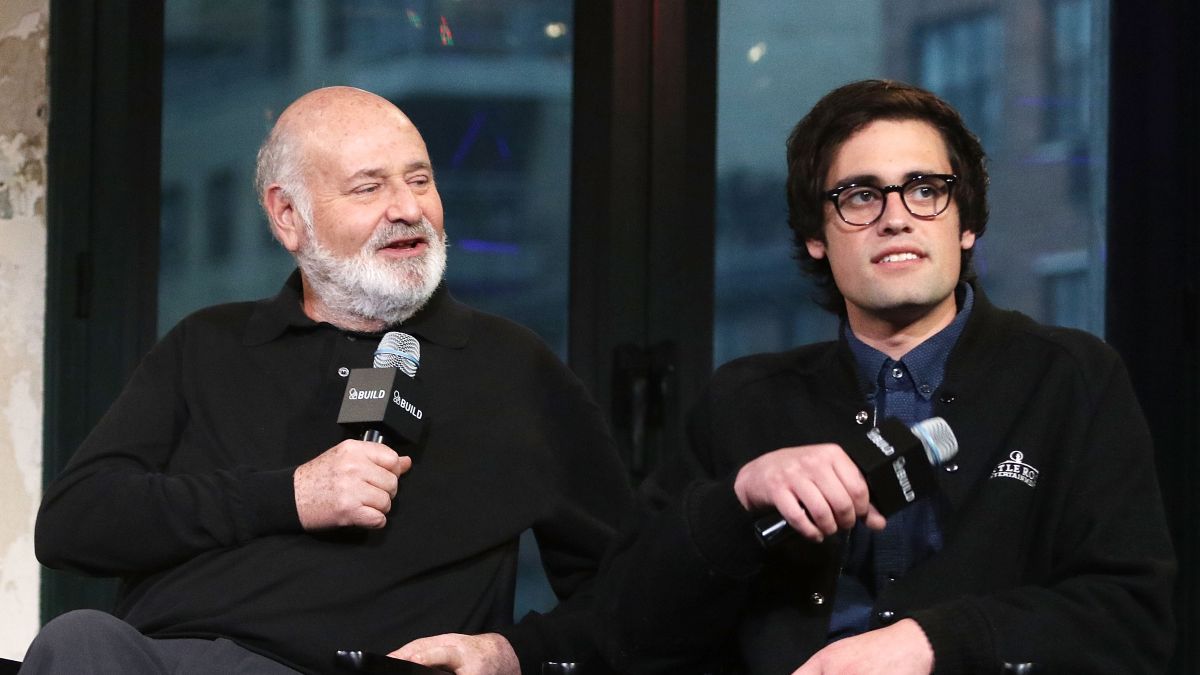
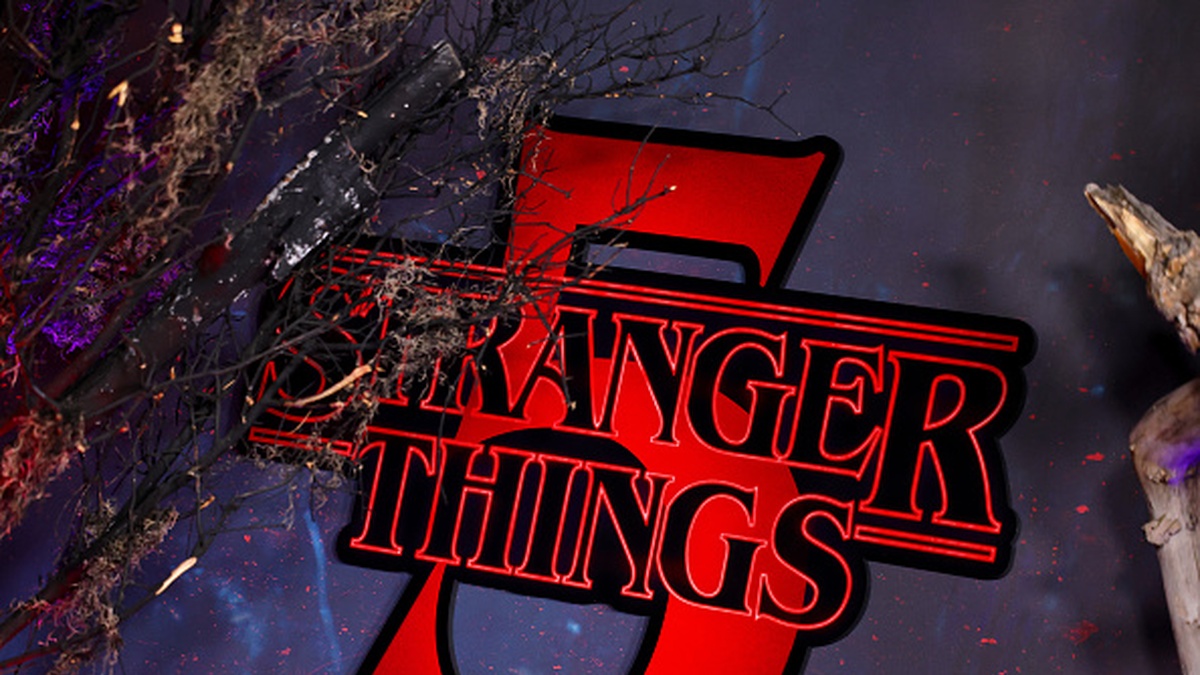
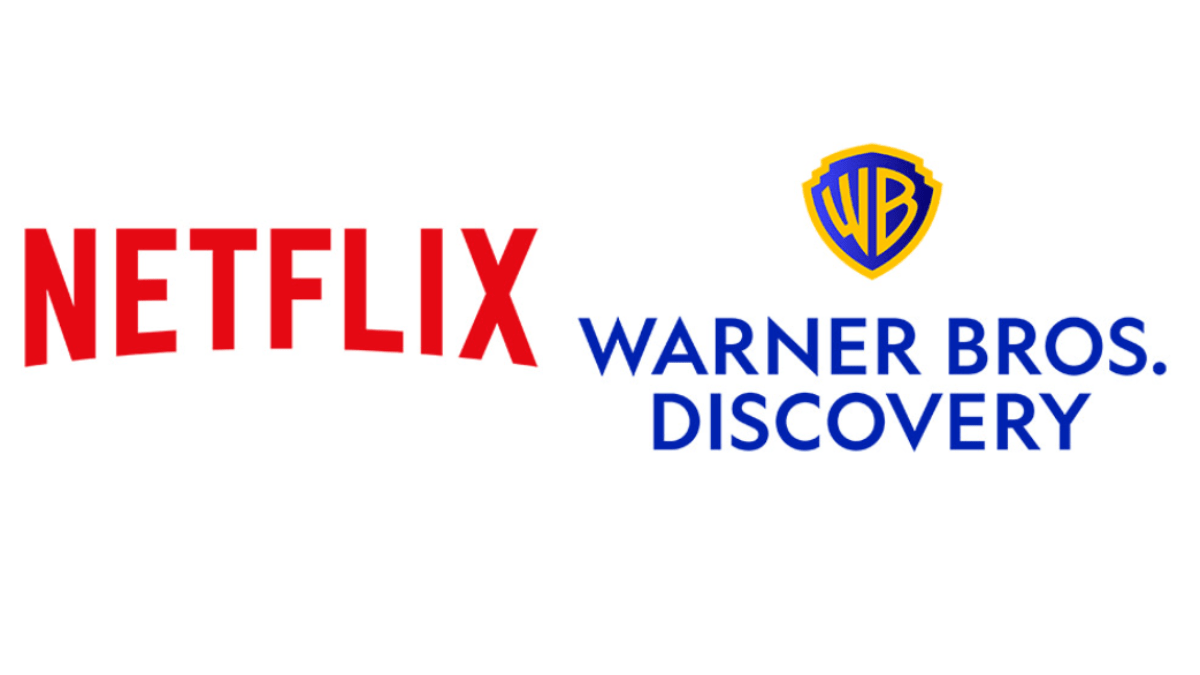
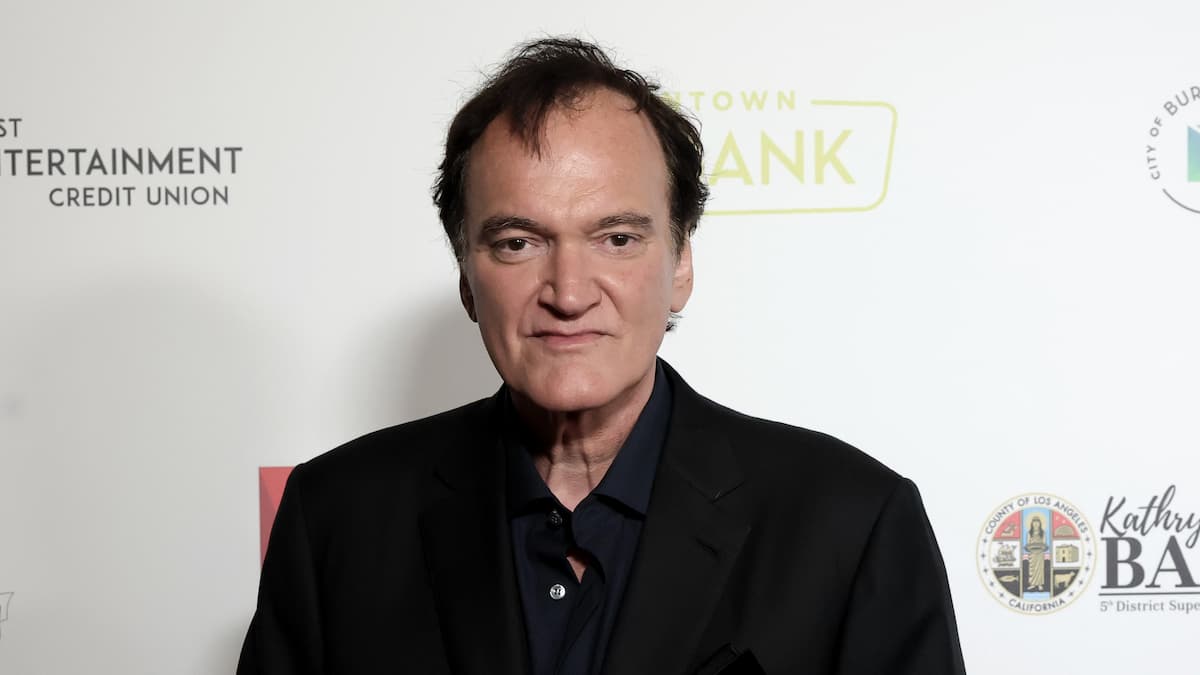
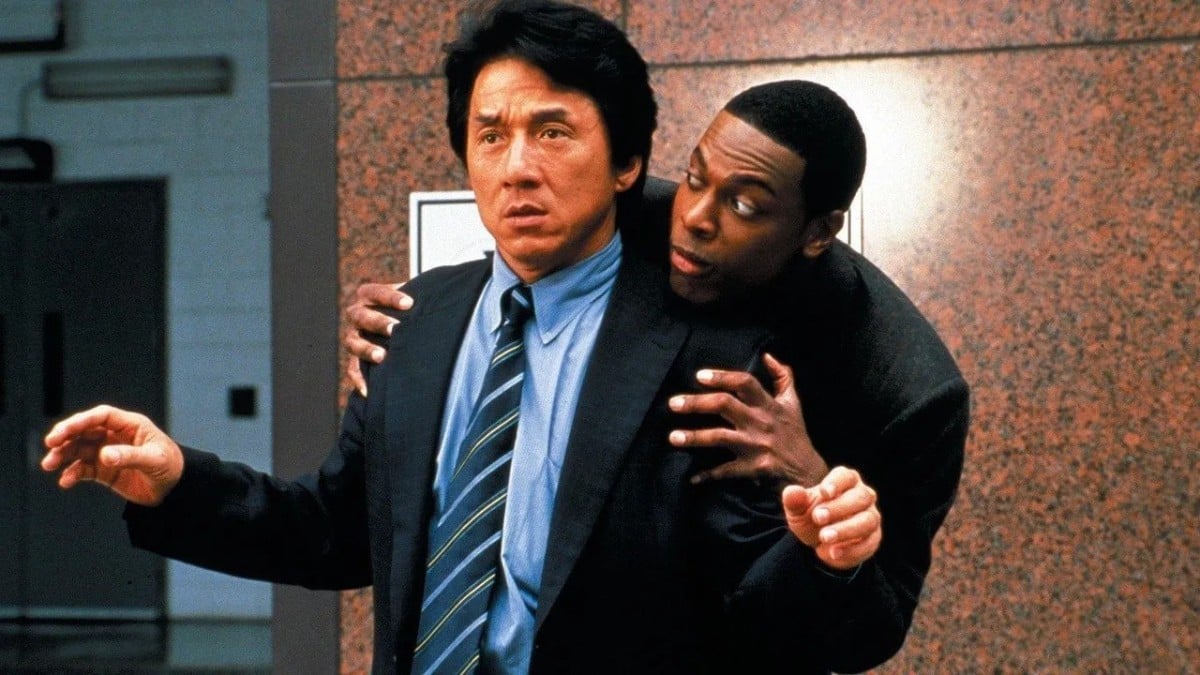
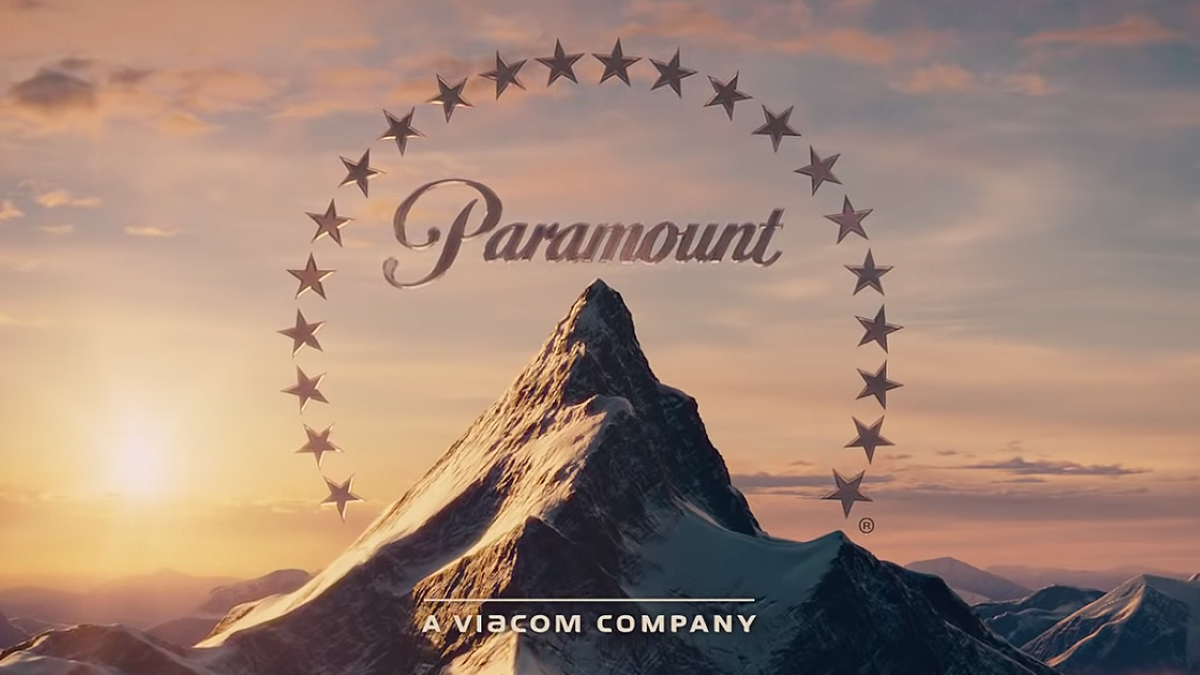
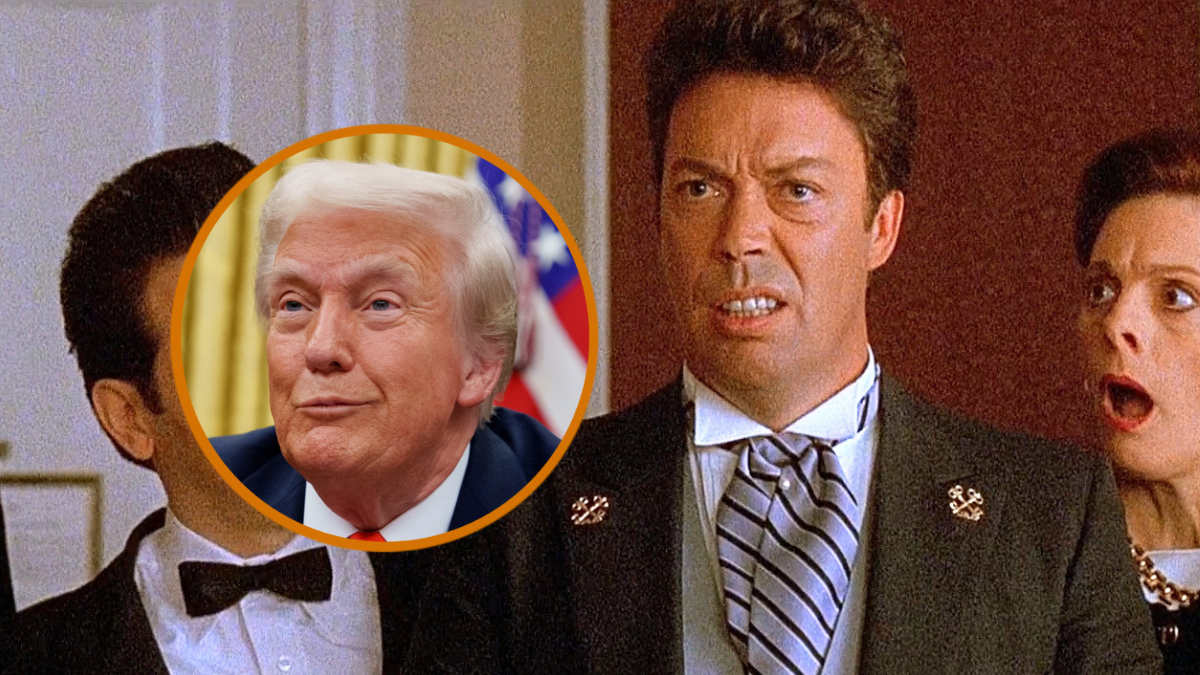
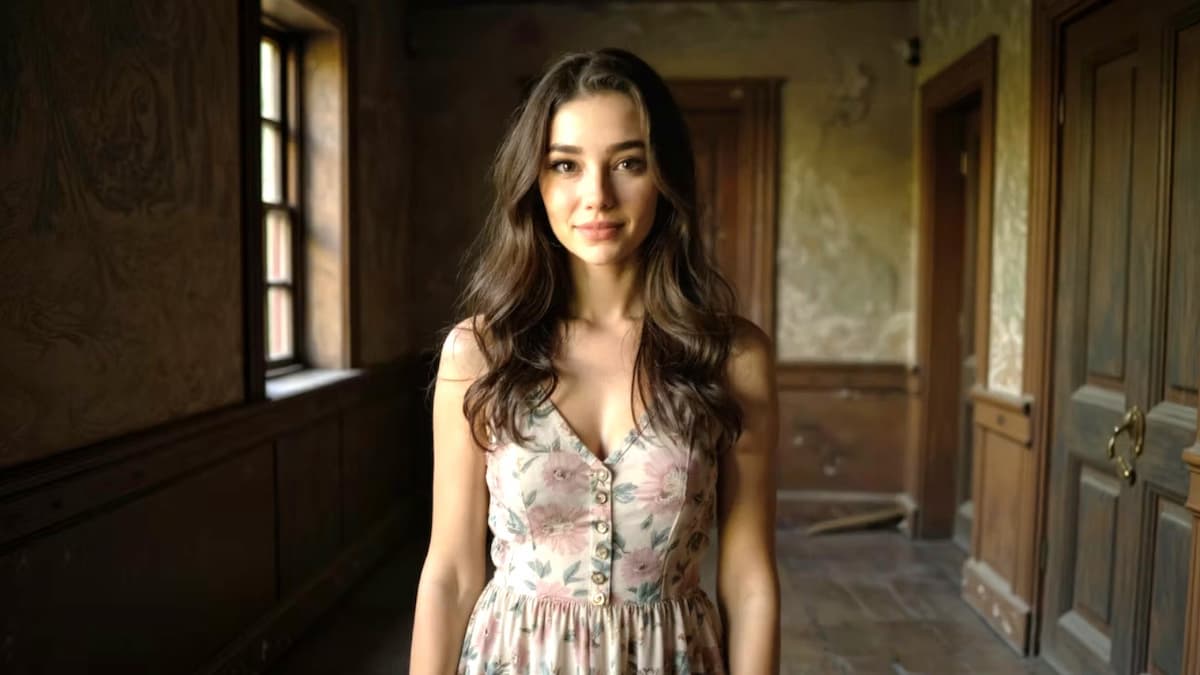
Published: Apr 20, 2011 02:19 am